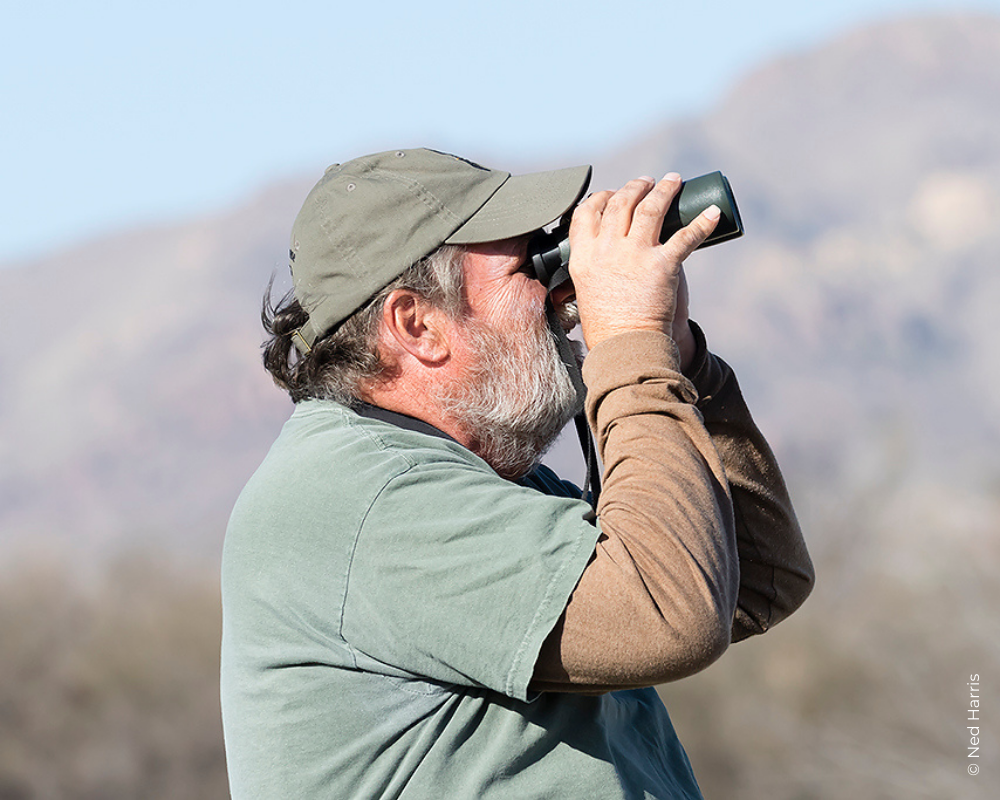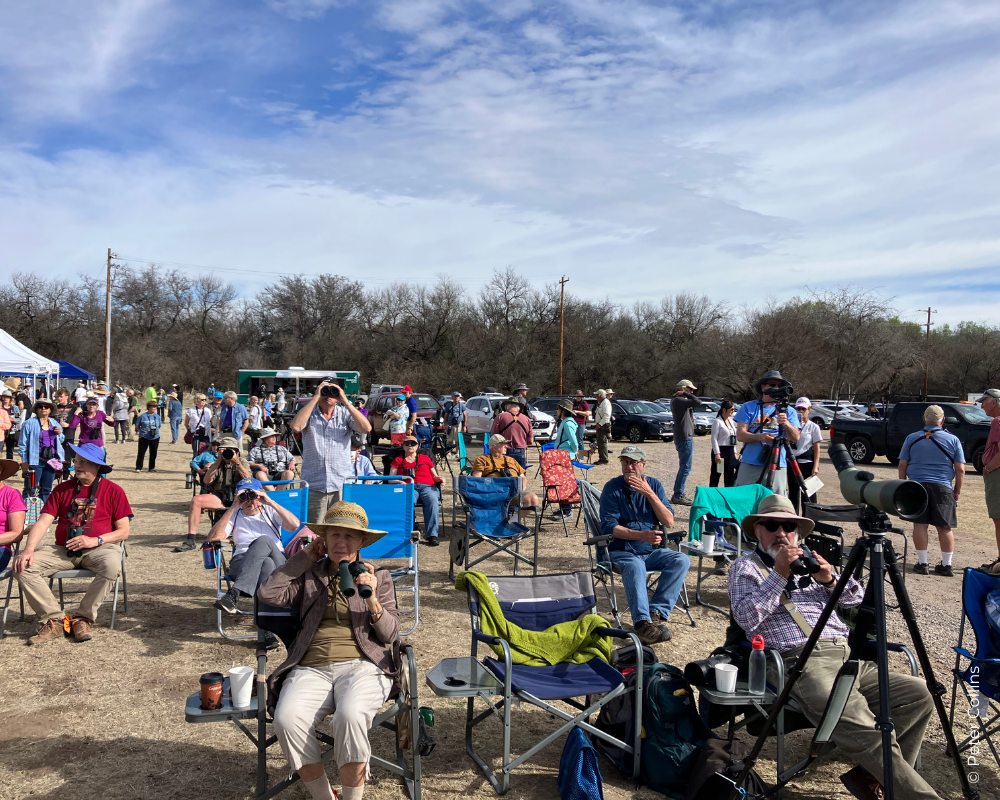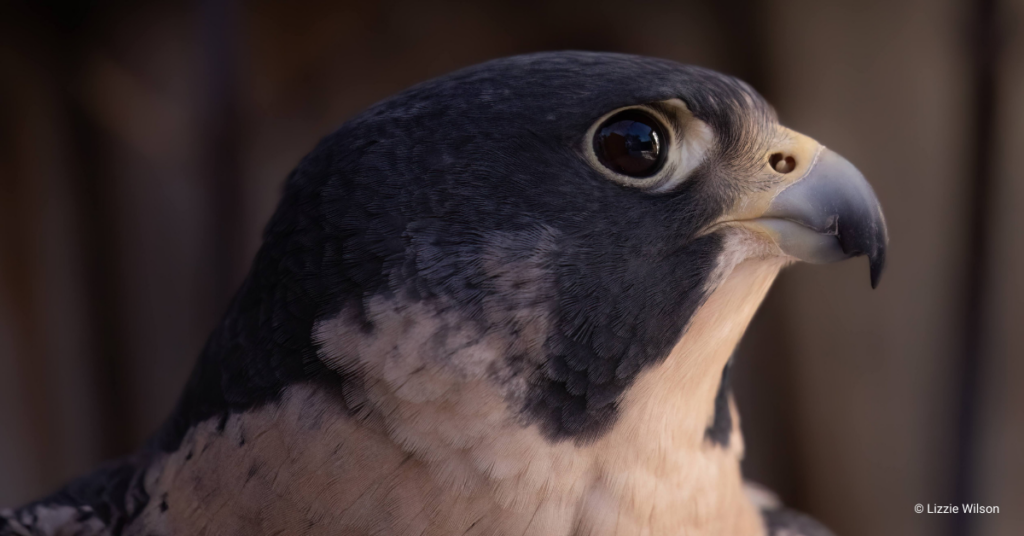TUBAC, ARIZONA—HawkWatch International is excited to announce it will be partnering with the Tubac Nature Center to run the Tubac HawkWatch beginning February 15, 2024.
Tubac will be the eighth location in HawkWatch International’s network of migration monitoring sites and will become the second spring site in the current network. The site is unique in that it allows the study of poorly monitored species, such as the Common Black Hawk, Gray Hawk, and Zone-tailed Hawk.

“Ten years of monitoring history, easy access for visitors, and the ability to monitor species that are otherwise challenging to study all make welcoming Tubac into HawkWatch International’s migration network an exciting addition and logical decision for the organization,” said Jesse Watson, Research Biologist and Banding Coordinator with HawkWatch International.
Peter Collins founded the Tubac HawkWatch site in 2013 and said he is looking forward to partnering with HawkWatch International.
“HawkWatch International’s involvement will allow us to extend the count season from mid-February through the end of April,” Collins said. “HawkWatch International also bands and tracks raptors, something we don’t do. Tracking a few Common Black Hawks could answer the question of where the US birds are migrating. That would allow HawkWatch International to check for challenges on the wintering grounds and better answer the question of where the birds we count are coming from. Almost nothing is currently known about where Common Black Hawks spend the winter.

The Tubac HawkWatch is unique amongst the migration network due to its ease of access.
“One of the most exciting things about the Tubac HawkWatch is its accessibility,” Watson said. “Many of our sites pose accessibility challenges due to their remoteness, but visitors can easily drive to Tubac and can essentially hawkwatch from just outside their vehicles! We anticipate interest in the site to continue growing within the birding and hawkwatching communities and are excited to welcome all visitors.”
HawkWatch International will work with local partners at the Tubac Nature Center to help increase public education and outreach.

“If you are planning your visit, mark March 10-20 as that is the best time to see large numbers of Common Black Hawks and many other species,” Watson said.
Media Contact:
Kirsten Elliott
Development & Communications Director
HawkWatch International
kelliott@hawkwatch.org
This blog was written by Louisa Smith, a student at the University of Minnesota studying Agricultural Communications and Marketing and Wildlife Conservation.



